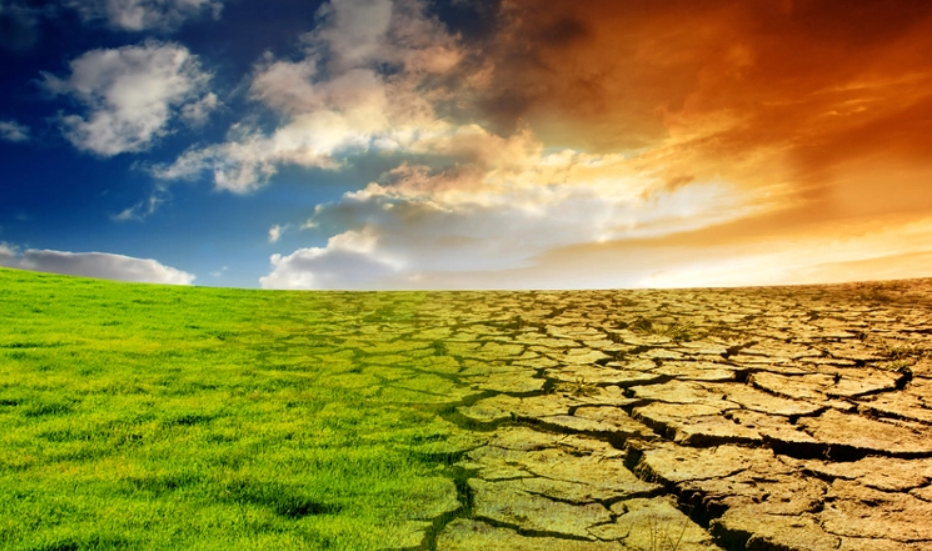Understanding the Greenhouse Effect and Global Warming

Have you ever wondered how Earth stays warm enough to support life? The answer lies in a delicate balance known as the greenhouse effect. This natural process traps some of the sun's energy, keeping our planet at a habitable temperature. However, human activities have amplified this effect, leading to a concerning rise in global temperatures, commonly referred to as global warming.
The amplified greenhouse effect and subsequent global warming are arguably the most significant environmental challenges facing our world today. Understanding the intricacies of this phenomenon is crucial for developing effective solutions and ensuring a sustainable future for generations to come. This involves exploring the science behind greenhouse gases, examining the consequences of a warming planet, and identifying ways to mitigate our impact.
Essentially, the greenhouse effect works like a blanket around the Earth. Certain gases in the atmosphere, such as carbon dioxide, methane, and nitrous oxide, trap heat radiating from the Earth's surface after it has been warmed by the sun. This trapped heat warms the planet, much like a greenhouse traps heat to cultivate plants. Without this natural process, Earth's average temperature would be significantly colder, making it uninhabitable for most life forms.
However, human activities, particularly the burning of fossil fuels (coal, oil, and natural gas) for energy, deforestation, and industrial processes, have significantly increased the concentration of these greenhouse gases in the atmosphere. This increased concentration traps more heat, leading to a gradual warming of the planet – global warming. The consequences of this warming trend are far-reaching and multifaceted, affecting everything from weather patterns and sea levels to ecosystems and human health.
The scientific consensus is overwhelming: global warming is real, and it is primarily caused by human activities. Evidence for this warming trend can be seen in rising global temperatures, melting glaciers and ice sheets, rising sea levels, and changes in precipitation patterns. Understanding the science behind global warming is the first step towards addressing this critical challenge.
The history of understanding the greenhouse effect dates back to the 19th century, with Joseph Fourier recognizing the Earth's atmosphere traps heat. Later, Svante Arrhenius linked increasing carbon dioxide concentrations to rising temperatures. The importance of understanding this phenomenon lies in its direct link to the health of our planet. The main issues related to the amplified greenhouse effect and global warming include more frequent and intense heatwaves, sea-level rise threatening coastal communities, disruptions to agriculture and food security, increased spread of infectious diseases, and ocean acidification.
Although the greenhouse effect is vital for life, its amplification has several disadvantages. These include extreme weather events, disruptions to ecosystems, and negative impacts on human health. While the greenhouse effect itself makes life on Earth possible, its intensification through human activities has no real advantages in the long term.
Advantages and Disadvantages of an Amplified Greenhouse Effect
| Aspect | Advantage | Disadvantage |
|---|---|---|
| Temperature | (None for the amplified effect) | Increased global temperatures leading to heatwaves and droughts |
| Sea Levels | (None) | Rising sea levels due to melting ice, threatening coastal communities |
| Ecosystems | (None) | Disruptions to ecosystems, loss of biodiversity, coral bleaching |
Frequently Asked Questions about the Greenhouse Effect and Global Warming:
1. What is the difference between the greenhouse effect and global warming? The greenhouse effect is a natural process that keeps Earth warm. Global warming is the increase in Earth's average temperature due to human activities that amplify the greenhouse effect.
2. What are the main greenhouse gases? Carbon dioxide, methane, nitrous oxide, and fluorinated gases.
3. What are the consequences of global warming? Rising sea levels, more frequent and intense heatwaves, changes in precipitation patterns, disruptions to ecosystems, and ocean acidification.
4. What can I do to help reduce greenhouse gas emissions? Reduce your carbon footprint by conserving energy, using public transportation, choosing sustainable products, and supporting climate-friendly policies.
5. Is climate change the same as global warming? Global warming refers to the increasing global temperatures, while climate change encompasses broader changes in weather patterns, including temperature and precipitation.
6. How do scientists know that global warming is happening? Through various data sources, including temperature records, ice core samples, and satellite observations.
7. What is ocean acidification? The increasing acidity of the ocean due to the absorption of excess carbon dioxide from the atmosphere.
8. What is the Paris Agreement? An international agreement aimed at limiting global warming to well below 2 degrees Celsius above pre-industrial levels.
Tips and tricks for reducing your impact: Conserve energy at home, use public transportation or bike whenever possible, reduce, reuse, and recycle, eat less meat, and choose sustainable products.
In conclusion, the greenhouse effect is a natural process crucial for life on Earth. However, human activities have disrupted this delicate balance, leading to global warming and a range of environmental challenges. Understanding the science behind this phenomenon and taking individual and collective action to reduce greenhouse gas emissions are vital for mitigating the impacts of global warming and ensuring a sustainable future. We must transition towards cleaner energy sources, promote sustainable land use practices, and embrace innovative technologies to create a healthier planet for generations to come. The time to act is now, and every effort, no matter how small, contributes to the global effort to address this critical issue. By working together, we can create a more sustainable and resilient future for ourselves and the planet. Let's all contribute to creating a better world.
Magnets unlocking the secrets of invisible forces for kids
Decoding the lingering car chip shortage
Teacher and student cartoon photos a deeper look





.jpg)







